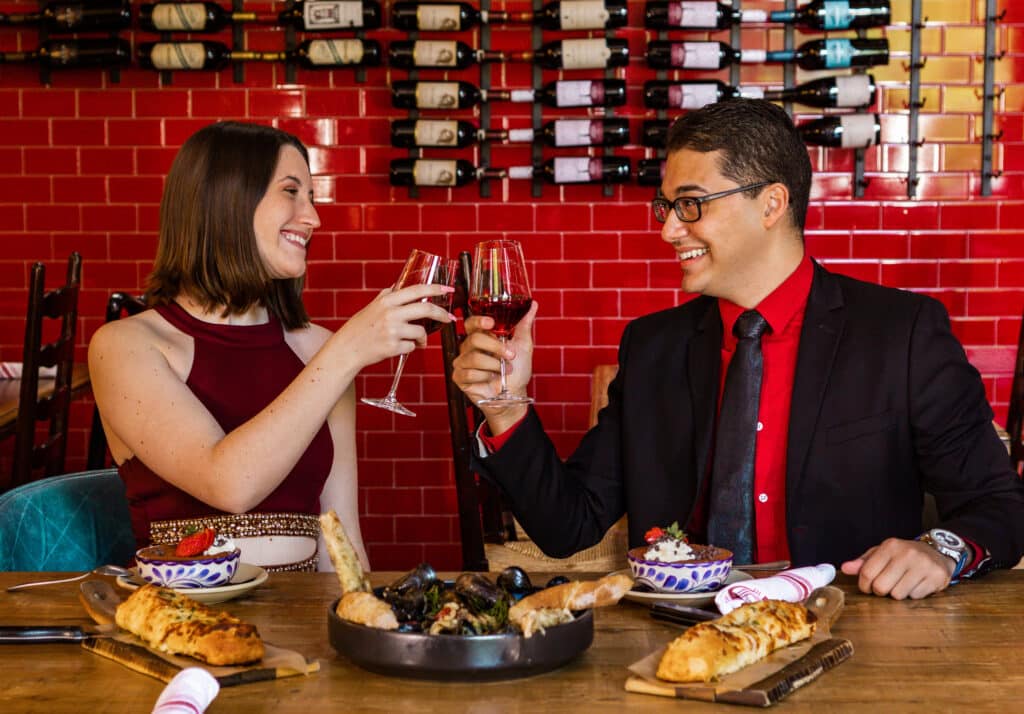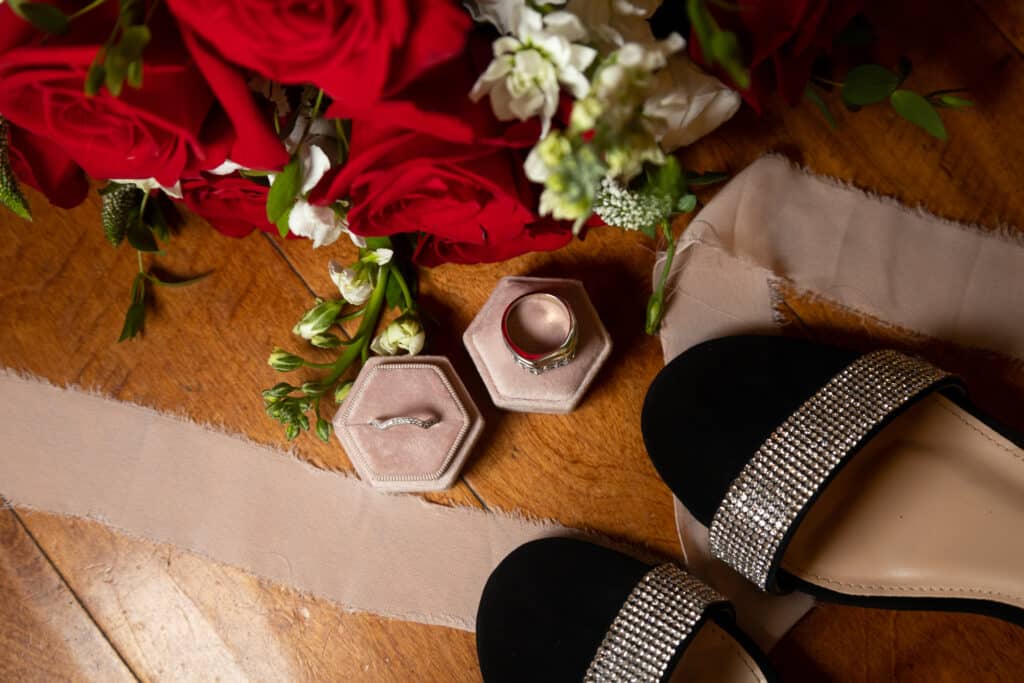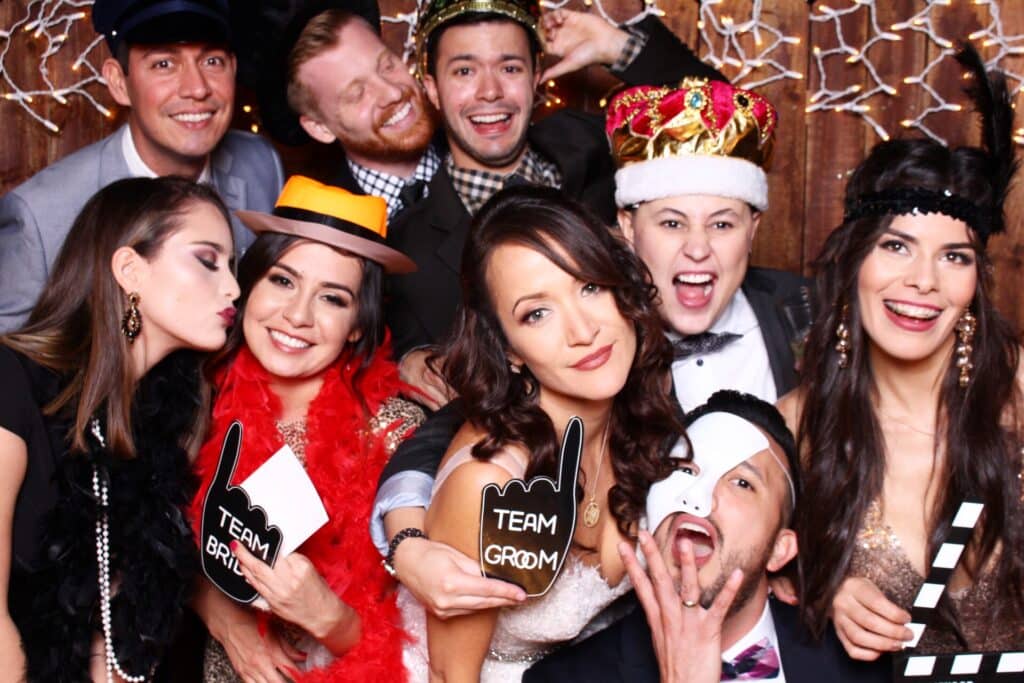Outdoor events in Orlando offer incredible opportunities for stunning photography, but mastering the lighting can make the difference between good photos and truly exceptional ones. Whether you’re capturing a corporate gathering, wedding celebration, or community festival, understanding how to work with natural light will elevate your event photography to professional levels.
Orlando’s year-round sunshine and beautiful outdoor venues create the perfect backdrop for memorable events, but they also present unique lighting challenges that require specific techniques and knowledge to overcome.
Understanding Orlando’s Natural Light Conditions
Orlando’s subtropical climate means you’ll encounter intense sunlight, dramatic cloud formations, and rapidly changing weather conditions throughout the day. The golden hour light that photographers love occurs earlier in the morning and later in the evening compared to northern climates, typically starting about 90 minutes before sunset.
Natural lighting provides the foundation for beautiful event photography, generating warm and realistic images that artificial lighting often struggles to match.
During daytime events, especially those held outdoors or in venues with large windows, natural light can be sufficient to capture stunning images without additional equipment.
However, Orlando’s bright sunshine can create harsh shadows and overexposed highlights if not managed properly. The key lies in understanding how to work with these conditions rather than fighting against them.

Tip 1: Master the Art of Fill Flash
Fill flash is one of the most valuable techniques for outdoor event photography in Orlando’s bright conditions. This technique involves using your camera’s flash or an external speedlight to fill in shadows while maintaining the natural ambient light.
Fill flash outdoors proves so helpful that professional photographers use it on most shoots where there’s likely to be high contrast lighting or deep shadows on people’s faces. This technique becomes especially crucial during midday events when the sun creates unflattering shadows under guests’ eyes, noses, and chins.
To use fill flash effectively, set your camera to manual or aperture priority mode and adjust your flash power to about one to two stops below your ambient light reading. This ensures the flash supplements rather than overpowers the natural light, creating a balanced exposure that looks natural and professional.
When Fill Flash Isn’t Practical
Sometimes using fill flash isn’t practical or appropriate for the event setting. In these situations, consider having an assistant hold a diffuser to shield direct light from hitting subjects’ faces, or ask event coordinators if they can move photo locations to more favorable lighting conditions. You can also place your flash on a stand closer to people, though off-camera flash requires more advanced techniques.

Tip 2: Seek Out and Create Open Shade
Open shade represents one of the easiest and most flattering lighting conditions for outdoor event photography. This occurs when your subjects are positioned in shade but near the edge where they’re still receiving soft, diffused light from the open sky.
The best way to maximize soft, diffused light is to photograph in open shade situations such as under trees, in white tents, or under large umbrellas. Unlike deep shade between buildings or in dense woods, open shade provides even illumination without the harsh contrasts that plague direct sunlight photography.
Creating Your Own Shade
When natural shade isn’t available, you can create it using diffusers, scrims, or even large umbrellas. Position these tools between your subjects and the sun to create soft, flattering light that eliminates harsh shadows while maintaining good exposure throughout the scene.
Avoiding Common Open Shade Mistakes
Be careful to avoid having open shade positioned next to brightly sunlit grass or other reflective surfaces. The sunlight bouncing off green grass will create an unflattering green color cast on your subjects’ faces, requiring extensive color correction in post-processing.

Tip 3: Harness the Power of Backlighting
Backlighting creates some of the most beautiful and dramatic effects in outdoor event photography. This technique involves positioning your subjects between you and the sun, allowing the light to illuminate them from behind.
The most beautiful outdoor photography light is backlight, which can range from intense to filtered through trees to subtle. Backlight creates a beautiful rim light around your subjects, making them stand out dramatically in the frame and adding a professional, artistic quality to your event photos.
Controlling Backlight Intensity
Play around with how much sunlight you allow into your lens by adjusting your angle to the sun and position relative to your subjects. Angle down more toward your subjects to let in less sunlight, or get lower to include more sun in the frame. Move side to side to see how the light changes as you adjust your position.
Exposure Considerations for Backlit Subjects
When shooting backlit subjects, expose for your subjects’ faces rather than the bright background. This may result in some overexposed areas in the background, but properly exposed faces are more important for event photography. Consider using exposure compensation or spot metering to ensure accurate skin tones.

Tip 4: Time Your Shots for Optimal Light Quality
Timing plays a crucial role in outdoor event photography success. No matter how you’re using light outdoors, it’s always best to work when the sun is low in the sky, either early morning or evening. When the sun is too high, you’ll encounter dark shadows and hot spots that create unflattering images.
Professional photographers typically schedule outdoor portrait sessions one to two hours before sunset to take advantage of the most flattering light conditions. This golden hour light provides warm, soft illumination that enhances skin tones and creates a romantic, appealing atmosphere for event photos.
Adapting to Event Schedules
While you can’t always control when events occur, you can plan your most important shots around the best lighting times. Schedule formal group photos, couple portraits, or VIP shots during optimal lighting windows, and use the techniques mentioned above for less favorable lighting conditions.
Working with Changing Light Throughout the Day
Festivals and all-day events present unique challenges as light transitions from long shadows to harsh overhead light and back to long shadows. Event photographers need to constantly adjust their shooting style and settings to present a consistent look throughout the event coverage.

Tip 5: Balance Indoor and Outdoor Lighting Transitions
Many Orlando events move between indoor and outdoor spaces, requiring photographers to quickly adapt their techniques. Indoor events with natural light can create extreme dynamic range issues for camera sensors, forcing photographers to decide which areas to expose correctly.
Window Light Techniques
When events include indoor spaces with large windows, use window light strategically. Window light is dynamic, with its appearance depending on factors like time of day, proximity to the light source, and direction. You can control window light by covering windows with transparent cloth to diffuse the light and minimize intensity.
Mixing Artificial and Natural Light
Mixing artificial light with natural ambient light gives you greater control over shadow lines and light quality. This technique proves especially valuable during events that transition from outdoor cocktail hours to indoor receptions, allowing you to maintain consistent image quality throughout the event.
Color Temperature Considerations
Be mindful of color temperature differences between indoor artificial lighting and outdoor natural light. Indoor lighting typically runs warmer (more orange) at around 2700K, while natural daylight measures around 5500K. Use appropriate white balance settings or gels on your flash units to maintain consistent color throughout your event coverage.
Technical Settings for Orlando Outdoor Events
Understanding your camera settings enhances your ability to capture perfect lighting in any situation. For outdoor events, start with aperture priority mode, which allows you to control depth of field while letting the camera adjust shutter speed for proper exposure.
Use a wide aperture (f/2.8 to f/4) for portraits and detail shots to create pleasant background blur, and narrow your aperture (f/5.6 to f/8) for group photos to ensure everyone stays in focus. Keep your ISO as low as possible while maintaining fast enough shutter speeds to prevent motion blur.
Equipment Recommendations
Carry two cameras with different lenses to quickly adapt to changing situations without missing important moments. Both cameras should have reliable flash units attached, as backup equipment becomes crucial when shooting in challenging lighting conditions.
Consider bringing a monopod for stability during longer events, especially when using slower shutter speeds in lower light conditions. Monopods are easily moved around and help keep cameras steady while allowing for creative effects like intentional motion blur with flash.
Post-Processing for Consistent Results
Even with perfect lighting techniques, post-processing plays a vital role in creating professional-looking event photography. Shoot in RAW format to maintain maximum flexibility in adjusting exposure, highlights, shadows, and color balance.
Develop a consistent editing style that enhances the natural beauty of Orlando’s outdoor lighting while maintaining realistic skin tones and colors. This consistency helps build your brand recognition and ensures client satisfaction across different lighting conditions.
Creating Memorable Orlando Events
Orlando’s beautiful outdoor venues and year-round favorable weather create endless opportunities for stunning event photography. By mastering these five lighting techniques, you’ll be able to capture the joy, excitement, and special moments that make each event unique.
Whether you’re photographing intimate gatherings or large corporate events, understanding how to work with natural light will set your photography apart and create images that clients will treasure for years to come.
At Limitlens Creations, we understand the importance of capturing every special moment with perfect lighting and professional expertise. Our team specializes in both event photography and photo booth rentals throughout Orlando, bringing years of experience working with the unique lighting challenges and opportunities that Central Florida presents. When you’re ready to make your next Orlando event truly unforgettable, we’re here to help you create stunning memories that will last a lifetime.


